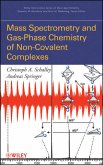
Gebundenes Buch
1. September 2009
John Wiley & Sons / Wiley
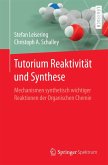
37,99 €**
29,99 €
**Preis der gedruckten Ausgabe (Broschiertes Buch)
Sofort per Download lieferbar
Ähnliche Artikel
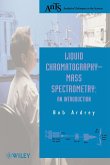
Broschiertes Buch
An Introduction
1. Auflage
2. April 2003
Wiley & Sons
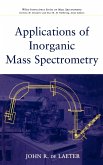
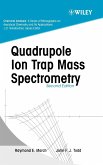
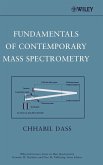
Gebundenes Buch
1. Auflage
20. April 2007
Wiley & Sons
14668229000
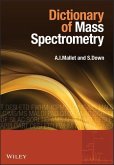
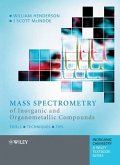
Gebundenes Buch
Tools - Techniques - Tips
1. April 2005
John Wiley & Sons / Wiley
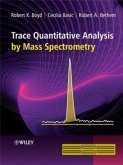
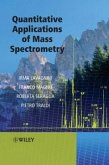
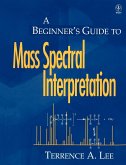
Broschiertes Buch
1. Auflage
19. Januar 1998
Wiley & Sons
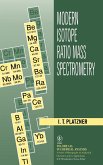
Ähnlichkeitssuche: Fact®Finder von OMIKRON
